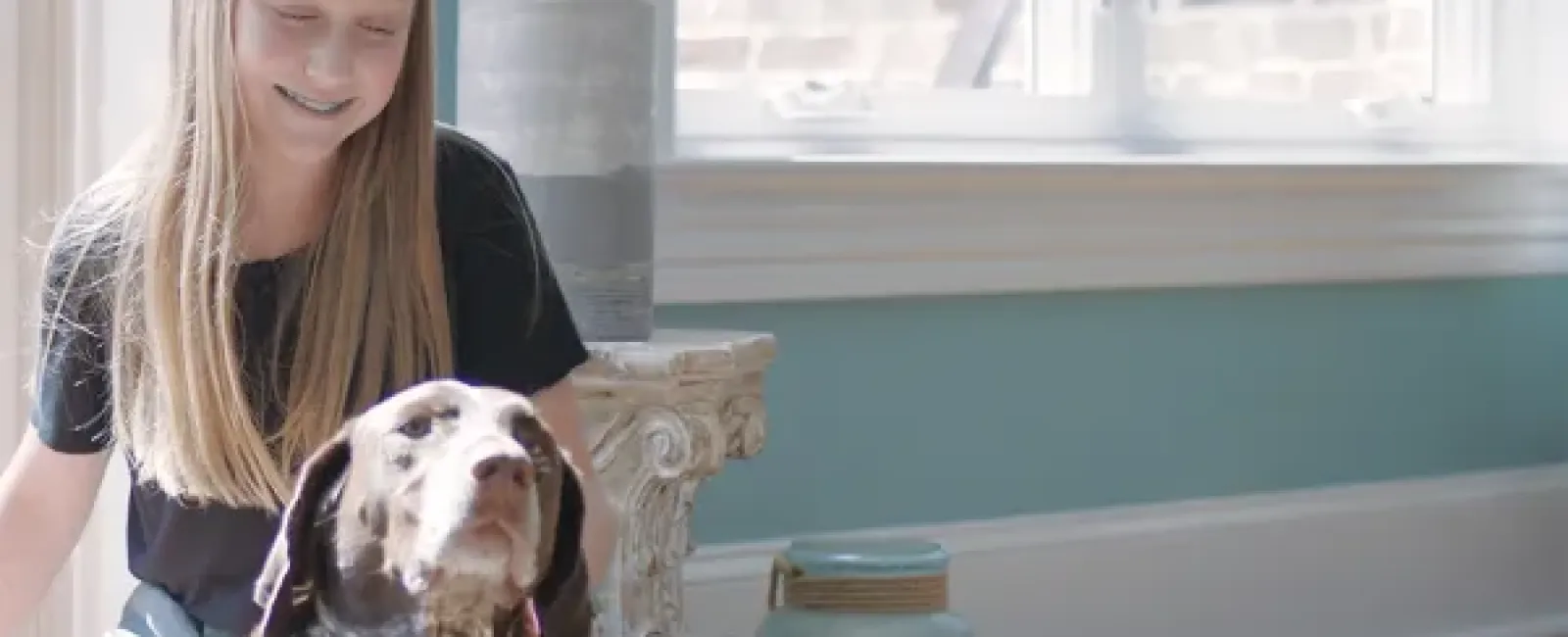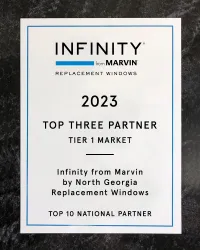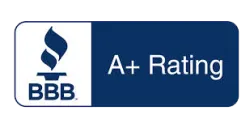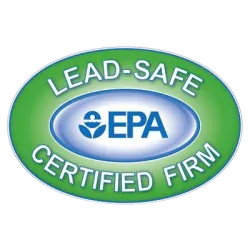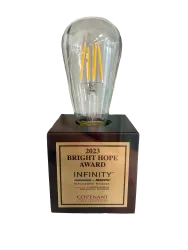Isn't glass just glass?It's clear, you look through it, and it's found in all windows. That's all you need to know as a homeowner, right?
Wrong.
Although it's not the only decision that goes into selecting the right replacement window, it's still important since it takes up such huge realty space on the window itself.
The wrong glass can make a world of difference - unfortunately, not a positive one. And there's a good chance you could be paying for that difference, both within your house temperature-wise and in your checkbook with rising energy bills.
How Does Choosing the Right Glass Benefit You?
One of the first things to consider is your climate.
Here in Georgia, we receive a ton of heat and, with that, comes UV damage. Not having the proper glass to protect against the sun's rays can cause damage to your home's floors and furnishings, as well as raise energy bills trying to keep your house cool.
Choosing the right glass helps protect against these issues, as well as increasing the longevity of your window's performance.

Next, it's good to look at how much sun exposure your home receives.
- Is it south or west facing?
- Is your home surrounded by a bunch of trees?
What To Look For When Choosing The Right Glass.
There are several things to look for when deciding on the right glass for your replacement windows.
First, you want to pay attention to how the glass is held in place in the window sash. The most reliable and attractive design is to have the glass entirely encased by the window sash frame. Many windows have the glass held in place by a glazing bead, which many homeowners find unattractive. In addition, using glazing beads to hold the glass can lead to seal failure, which often looks like foggy glass, as pictured here.

Seal failure is sometimes the result of a bad seal around the two panes of glass. Infinity from Marvin uses a patented fiberglass framing material that will entirely encase the glass.

Second, you want energy efficient glass. Like we discussed earlier, not all double pane glass is the same. To help with energy efficiency, there are Low E coatings that can be sprayed on your glass. Simply put, this Low E helps direct the heat back to its source. So in the summer, it keeps the heat outside your home, while in the winter it keeps the heat inside your home.
This Low E coating can be applied in different layers for optimal energy efficiency.
- Clear - no Low E coatings. Just two panes of glass.
- LowE 1 - 4 layers of metallic & nonmetallic coatings, 1 of which is silver
- LowE 2 - 8 layers of metallic & nonmetallic coatings, 2 of which are silver
- LowE 3 - 12 layers of metallic & nonmetallic coatings, 3 of which are silver
On the left using the heat lamp, you see how many wats of energy are passing through the glass. The lower the number the better, as you want less heat entering through your glass in the hot, summer months, and less heat escaping through your glass in the cold, winter months.
On the right, you can see the transmission of UV rays, visible light, and infrared rays that are transmitted through each type of glass. Ideally, the better glass will result in lower UV and infrared transmission numbers (top and bottom numbers), while still maintaining good visible light transmittance (middle number).




There are several factors that measure the glass' performance.
- U-Factor is a measurement that tells you how well your windows perform by keeping heat inside your home during the winter months. The lower the U-Factor, the better your window is at insulating your home.
- The solar heat gain coefficient (SHGC) is the measure of how well your windows perform by keeping heat outside of your home during the summer months. Just like with U-Factor, the lower the SHGC, the less solar heat the window transmits.
In closing…
As you can see, choosing the right glass is an important decision. However, choosing the wrong frame material for that glass can affect how it performs.
For more information on window materials, listen to Episode 2 of the Window Wisdom podcast.
Contact us today to have the right replacement glass (and frame) installed in your home!

